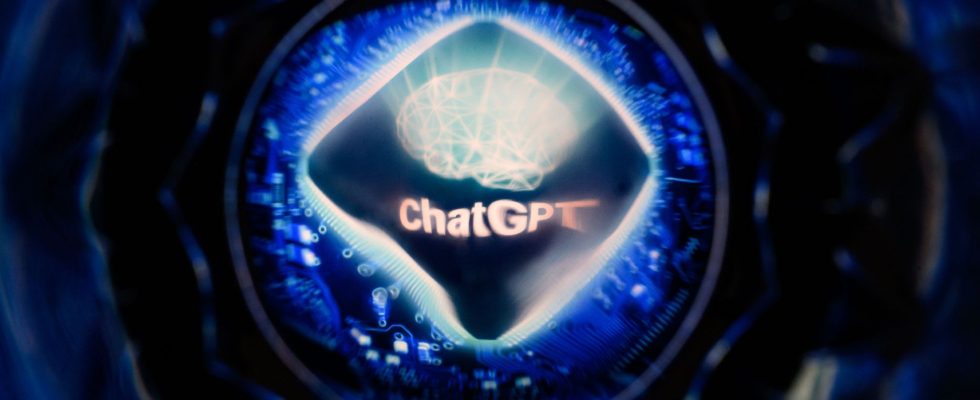In the photos, the two men embrace passionately. Donald Trump hugs Dr. Anthony Fauci, responsible for health measures during the pandemic. But the images inserted into a video of Ron DeSantis, governor of Florida and presidential candidate, are false: they were, in all likelihood, produced by artificial intelligence. The video, which skilfully mixes real and doctored photos, aims to attack Donald Trump, the 40-year-old’s great rival, for his support for Dr Fauci, who has become the pet peeve of conservatives, hostile to the wearing of masks and confinement.
Generative artificial intelligence, capable of creating text and images, has invaded American politics in recent months at lightning speed. And experts predict as huge an impact on the 2024 presidential campaign as Facebook and social media had on 2008. Thanks to AI, candidates can now concoct lightning-fast requests for donations or near-instant responses to attacks. via emails, texts and voicemails, without using highly paid consultants.
They can also target donors and voters very precisely by analyzing huge amounts of personal data and “directing them the exact message to help them make their final decision,” observes Darrell West, a researcher at the Brookings Institution, in a study. “As the 2024 election is likely to be decided by a few tens of thousands of voters in a handful of states, anything that can tilt people in one direction or another can prove decisive,” adds -he.
Double-edged technology
This technology has the advantage of reducing costs and allowing applicants without large resources to compete against much better funded opponents. But it also contributes to aggravating disinformation, due to a lack of regulation. Any individual can use their computer to manipulate images and voices, which risks further undermining confidence in the ballot and the democratic process. Especially as the tools become more and more sophisticated, it will soon be impossible to detect a photo generated by ChatGPT. And the phenomenon is gaining momentum when social networks have decided to relax the monitoring of their content.
Determined to take advantage of this technology, the Republican Party recently launched an ad featuring, thanks to AI, the multiple calamities likely to befall if Joe Biden is re-elected – the invasion of Taiwan by China, a wave of migrants… Another example, in Chicago, a candidate for mayor denounced a Twitter account where his cloned voice seemed to approve of police violence. A little further north, in Canada, a candidate for mayor of Toronto, who called for the dismantling of homeless camps, illustrated his campaign program with a series of anxiety-provoking photos. In one, a crowd of homeless people sit on the sidewalk on a city street bathed in apocalypse-like orange light. Another shows a tent camp on a lawn in a park. Neither the street nor the public garden exist…
“In 2024, every camp, every organization, every politician is going to use generative AI to harm their adversary”, and we will end up with a campaign “full of false information”, said Eric Schmidt, the ex-boss of Google, in a recent conference. Clearly, he summed up, “we will no longer be able to place the slightest trust in what we see and hear”. Even Sam Altman, boss of OpenAI and creator of ChatGPT, admitted during a Senate hearing that the ability of this technology to “manipulate, persuade” to create misinformation was “one of his biggest worries”. . Two bills have been introduced in Congress that would require campaigns to mention the use of AI. In the case of Anthony Furey, candidate for mayor of Toronto, it is not really necessary. One of the fake photos in her program shows a seated young woman with three arms. Anthony Furey admitted that he still had progress to make in handling AI…
